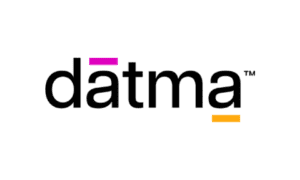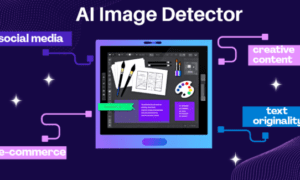Bekhruz Nagzibekov, a U.S.-based entrepreneur and founder/CEO of United HVAC, Plumbing & Electrical near Cupertino, has grown a solo 2020 launch into a ~70-person operation across plumbing, electrical, and HVAC, generating $10-$11 million in annual revenue. In 2025, United placed No. 483 on the Inc. 5000 with 844% three-year growth, proof, he says, that process can scale.
“AI is a force multiplier, not a foreman,” Nagzibekov says. “If it doesn’t make our people faster and safer, it doesn’t belong in production.”
Here, he explains how AI does the heavy lifting but people make it work, why the tools help, the judgment stays human, and trust is the only result that really counts.
What pushed you from paper to an AI-assisted workflow?
Bekhruz Nagzibekov: In spring 2020, I was a jack-of-all-trades, answering phones, quoting jobs, loading trucks, and closing tickets. The lesson was simple: standardize what’s repeatable, keep judgment with licensed professionals, and let software carry the paperwork and dispatching. We moved off paper because we had to, and we quickly saw where it broke.
Where did it break?
BN: Brittleness. Early voice models misheard addresses through masks and street noise; strong accents fell into low-confidence buckets; a water-heater emergency could look routine. Conversion dipped, hold times rose. The fix wasn’t “more automation”, it was better training. We rebuilt prompts from our transcripts, added domain vocabulary, permit types, model numbers, code terms, and set confidence thresholds that trigger an immediate handoff to a U.S. dispatcher on safety keywords or low confidence. The hardest part is teaching AI where it’s not allowed to guess.
How do you keep scheduling decisions safe and sane?
BN: Distance-only optimizers make dumb choices, like sending a tech without the right certs or parts. We hardwire constraints: the algorithm proposes; a dispatcher disposes. If the system isn’t sure, the clock stops and a human decides.
What changed in training once AI entered the stack?
BN: Training became the center of gravity. New hires learn failure modes, not just scripts. Dispatchers run accent drills and noisy-line scenarios. Techs practice code-compliance checklists against recorded edge cases. Each week we review “near-miss” clips, moments where the model hesitated and a human rescue mattered. AI now fills tickets and pings us when a job runs long, but the real lift is workforce quality, faster ramp, lower churn, higher first-pass approvals, because we trained people to supervise the system.
How is the org structured so humans stay in the loop?
BN: Licensed field work stays in the U.S. Non-regulated support, first-line scheduling, HR, accounting ops, content prep, runs through distributed teams on written SOPs and SLAs. The glue isn’t one tool; it’s guardrails: step-by-step playbooks, QA scorecards, and escalation thresholds. My job is to draw the line where a human must decide. The team executes to that line, and the dashboards tell us if we drew it right.
Which experiments didn’t make it past the pilot phase?
BN: A “no-human lunch hour” pushed too many borderline calls to the bot, bookings ticked up, next-day callbacks spiked. A “smart upsell” during permit-heavy jobs annoyed inspectors. Tools don’t get tenure here. If it doesn’t improve response time, first-pass approvals, or customer confidence, it’s out.
What does earning trust look like at the customer level?
BN: Transparency before a visit, tech bio, license class, recent reviews, photos of completed work. On-site, checklists aligned to local code create an audit trail. Transparency earns the shot. Politeness, honesty, quality, that’s what keeps it.
Are you packaging any of this for the broader industry?
BN: Yes, scopes of work, time-to-task benchmarks, pass-code targets, and training ladders that smaller shops can adopt without extra headcount. If workmanship becomes legible and repeatable, the whole category wins.
What’s the next step in the operating system?
BN: One layer for plumbing, electrical, and HVAC that books, routes, prices, and learns, without degrading the human handoff. Scale without friction is the goal. The non-negotiable stays the same: judgment stays human.
Your advice to founders trying to modernize?
BN: Start with the architecture and the off-ramps. Too many teams lead with a bot and hope the process will catch up. Invert it. Write the SOPs. Define the handoffs. Decide what AI is never allowed to touch. Then automate the boring parts.
Bottom line, what separates winners from the rest?
BN: It’s not who automates the most; it’s who automates the right things, and trains for the rest. Make AI the foreman and the system cracks. Use it to remove friction, and customers feel it as time back, while crews feel it as safer, higher-quality work.

































